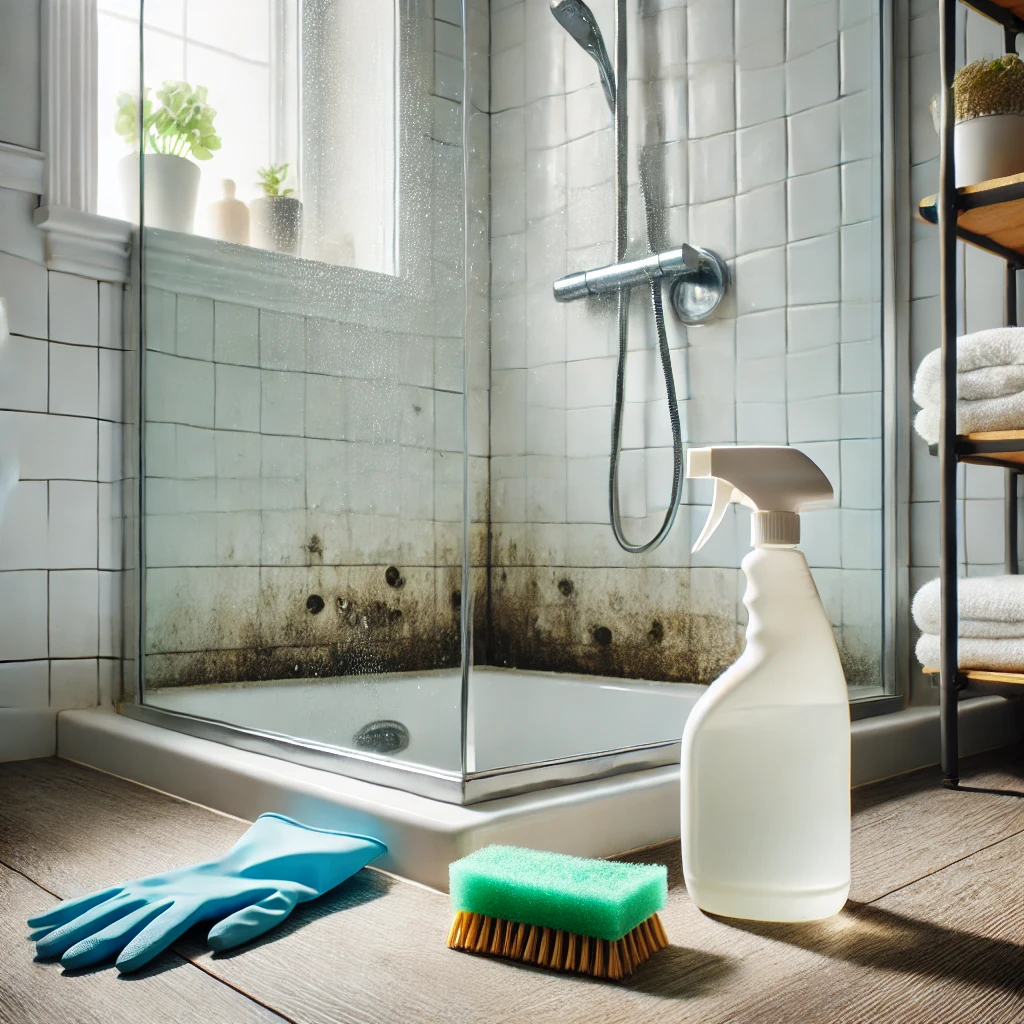
Mold. The word alone can make you cringe, right? But the truth is, mold is a common part of life, especially in damp or humid environments. Knowing how to manage it is key to keeping your home safe and comfortable. Let’s break down some practical tips for handling mold, whether it’s just mold spots or a larger problem that needs professional attention.
First, Is Mold Speciation Necessary?
When you hear the word “mold,” you might think of scary health warnings or those companies that promise to “speciate” the mold in your home. Mold speciation refers to testing which type of mold is growing. But here’s the thing: in many cases, it’s just not necessary. Sometimes: mold is mold. If you can see it and it’s growing, you’ve got a problem. The focus should be on cleaning and stopping its growth rather than spending money on expensive testing. Unless there’s a specific reason to identify the mold (such as serious health concerns or a legal issue), speciation can be more of a money-making gimmick than a helpful step.
Handling Small Mold Spots
Got a small spot of mold the size of a bath towel or smaller? You’re in luck, because this is something you can handle yourself! All you need are some household cleaning products—nothing fancy or expensive required.
One of the best solutions for small mold patches is a simple mix of water and vinegar. Vinegar’s acidity helps to break down mold and prevent it from returning. You can also use baking soda and water if you prefer, but don’t mix the two together—baking soda is alkaline and will neutralize the acidity of the vinegar, rendering your cleaning solution ineffective.
Here’s how to tackle that mold:
- Put on gloves and a mask. Mold can irritate your skin and lungs.
- Mix your cleaning solution. For vinegar, a 1:1 ratio of water and vinegar works great. If using baking soda, try about 1/4 tablespoon of baking soda in a spray bottle with water.
- Spray the moldy area and let it sit for at least 30 minutes.
- Wipe away the mold with a scrub brush or cloth.
- Rinse the area with water and let it dry completely to prevent the mold from returning.
It’s important to clean the mold completely and then dry the area well. Mold thrives in damp environments, so eliminating moisture is key!
When to Call the Pros
If the mold spot is larger than a bath towel—or keeps coming back—it’s time to call in the professionals. Large mold infestations can be tricky. They often grow in hidden areas (like behind walls) and can cause serious structural damage to your home if left untreated. In these cases, you need a certified mold remediation company to handle the situation properly.
Beyond just cleaning up the mold, the pros can help identify the source of moisture. Whether it’s a leaking pipe, poor ventilation, or another issue, the conditions causing the mold will need to be fixed. Mold remediation isn’t a one-and-done situation—it’s about making changes to prevent the mold from coming back.
Preventing Mold in the Future
Once the mold is gone, you want to keep it from coming back. Simple changes to how you use your home can make a huge difference. Improve ventilation in areas prone to dampness (like bathrooms and kitchens), use dehumidifiers in humid areas, and repair any leaks immediately.
Managing mold doesn’t have to be scary, but it does require a bit of know-how. For more information on professional mold remediation, check out this website from the EPA. Stay safe, stay dry, and keep your home mold-free!
